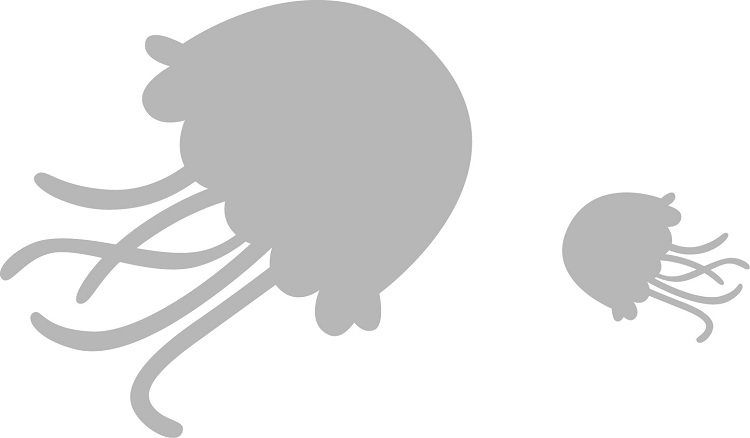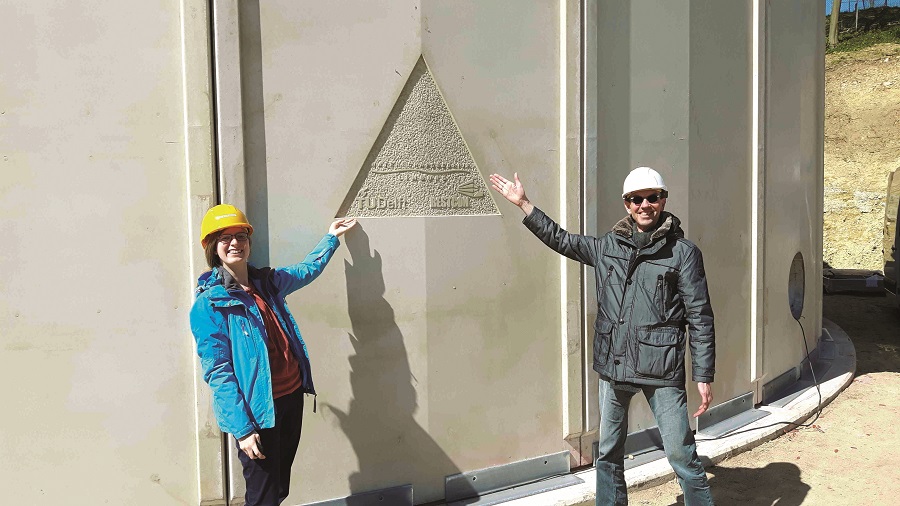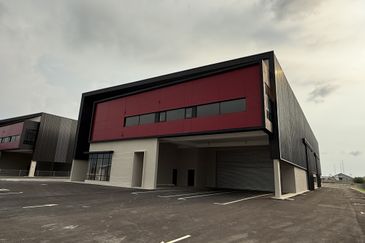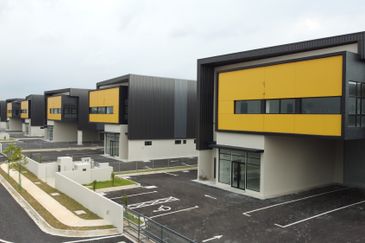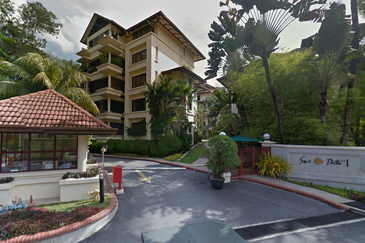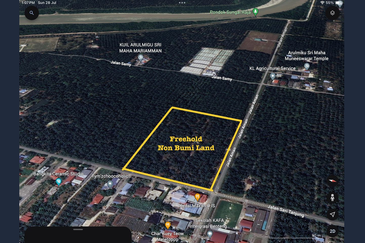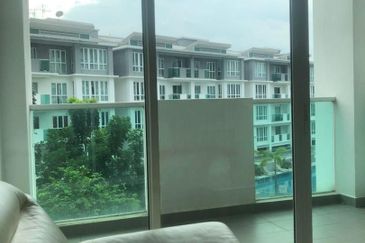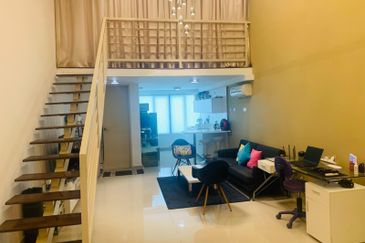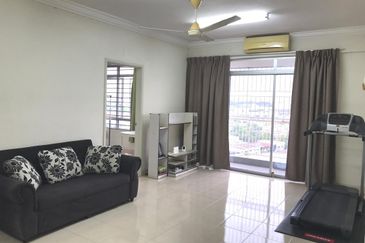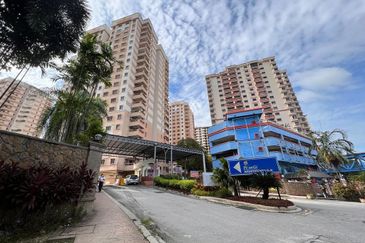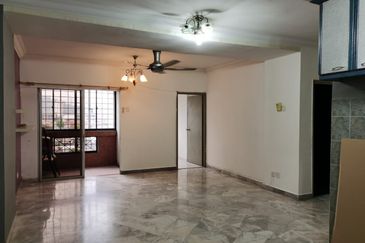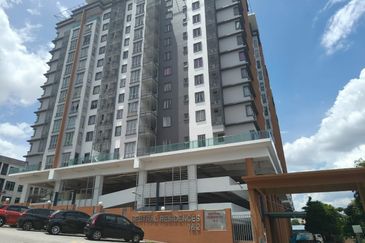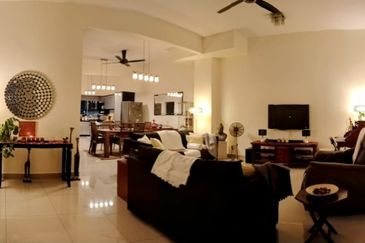
Scientists and researchers are constantly coming up with the most amazing inventions, some thought to exist only in science fiction.
In the building material sector, the solutions emerging from the industry are numerous and wide-ranging — from the incremental innovation of traditional materials and existing characteristics, to the generation of new material combinations with additional multifunctional characteristics, to radically innovative materials with entirely new functionalities.
Even for a seemingly simple material like paint, it is no longer just about the colour as the paint and coating industry has come up with innovative solutions that offer added benefits. Nippon Paint Malaysia’s Odour-less AirCare, for instance, actually has formaldehyde abatement abilities while Nippon Virus Guard has anti-viral properties which inhibit the growth of viruses.
As we move further into the future, we can only expect more astounding inventions to come and end up where no man has gone before.
Let’s look at four recent discoveries that could feature in the building and construction industry in time to come.
Jellyfish-inspired materials for smart windows
Developed in the lab of University of Connecticut researcher Sun Lu Yi, there is a suite of new materials that can change their appearance and quickly revert to their original state, akin to the camouflaging abilities of the squid and jellyfish. Indeed this range of “squishy” materials was inspired by these creatures of the deep. These materials are stretchable, thin, and slightly squishy to the touch. The researchers that came up with them see potential applications for smart windows, anti-glare displays and encryption technologies.
The study on “bio-inspired sensitive and reversible mechanochromisms via strain-dependent cracks and folds” describes a process whereby a stretchable elastomer is layered over a rigid film. When stretched the polymer creates cracks and folds into the rigid film, leading to various optical changes in the material.
This way, the thin material can change opacity, colour, fluorescence and even display an image or pattern.
Songshan Zeng, a PhD student in Sun’s lab, had said in a report on the study that one possible application for this material is in creating smart windows.
“To have some privacy from the windows, all you would need to do is just stretch the material a little bit to obtain opacity,” he mentioned in a report by University of Connecticut in August this year, adding that it could also be used as display optics for toys, or even in encryption technology.
Self-healing concrete
A concrete crack is one of the most common defects in a new building, but with the emergence of self-healing concrete, this could be a thing of the past.
Designed by a team led by Professor Henk Jonkers of Delft University of Technology in the Netherlands, bioconcrete is capable of releasing a healing agent when cracks appear.
The healing agent comes in the form of a biodegradable plastic capsule which contains bacillus bacteria and calcium lactate. These capsules are added into the wet concrete mix before the concrete consolidates.
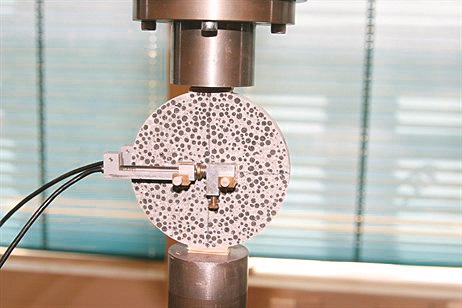 When cracks begin to form in the concrete, water that enters will open up the capsules and release the bacteria. The bacteria will feed on the calcium lactate and then germinate and multiply. In so doing, they combine the calcium with carbonate ions to form calcite, or limestone, which closes up the cracks.
When cracks begin to form in the concrete, water that enters will open up the capsules and release the bacteria. The bacteria will feed on the calcium lactate and then germinate and multiply. In so doing, they combine the calcium with carbonate ions to form calcite, or limestone, which closes up the cracks.
Bioconcrete remains intact during mixing, only dissolving and becoming active if the concrete cracks and water gets in.
Since November 2014, a start-up company has commercialised the bacteria-based self-healing technology in the form of self-healing bioconcrete, self-healing repair mortar and self-healing liquid repair system.
Nevertheless, the research on the technology is still ongoing to develop new products for tailor-made applications, Jonkers told TheEdgeProperty.com.
“We built a wastewater treatment tank with bioconcrete last year, the tank is located in Simpelveld, in the Netherlands, and it has been taken into service in October this year,” he said.
 Fireproof hybrid wood
Fireproof hybrid wood
For centuries, wood has been a popular building material. The drawback is that wood burns easily.
However, researchers at Empa have found a way to create fireproof wood, according to a news release in April this year.
Empa researcher Ingo Burgert, who also runs the Wood Materials Science Group at ETH Zurich, and doctoral student Vivian Merk have discovered a natural way to reduce the combustibility of wood by depositing calcium carbonate (limestone) in the wood’s cell structure — mineralising the wood, in other words.
Thanks to the limestone in the cell structure of wood, the researchers were able to reduce the wood’s combustibility by about a third.
Furthermore, the researchers did not use any hazardous substances during production or in the end product, unlike normal wood, which is treated with flame-retardant chemicals using conventional methods.
Artificial bone and eggshell to replace concrete and steel
The cities of today are built with concrete and steel — but some Cambridge researchers think that the cities of the future need to go back to nature if they are to support an ever-expanding population, while keeping carbon emissions under control.
The world is completely dependent on concrete and steel, but these are unsustainable materials as they are responsible for as much as 10% of worldwide carbon emissions, said the University of Cambridge in a news release in June this year.
Both steel and concrete must be processed at very high temperatures, a process that takes a lot of energy and carbon discharge.
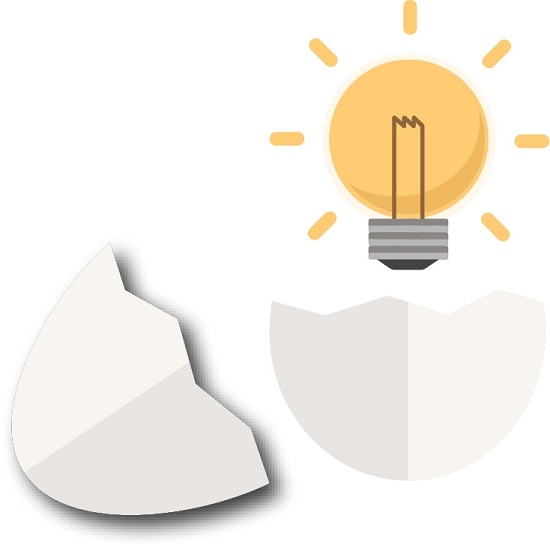
To address the issue, bioengineer Dr Michelle Oyen of Cambridge’s Department of Engineering and her team created samples of artificial bone and eggshell, which could be scaled up and used as low-carbon building materials at room temperature.
 The artificial bone and eggshell are composites of proteins and minerals. In bone, the proportions of protein and minerals are roughly equal — the mineral gives bone stiffness and hardness, while the protein gives it toughness or resistance to fracture.
The artificial bone and eggshell are composites of proteins and minerals. In bone, the proportions of protein and minerals are roughly equal — the mineral gives bone stiffness and hardness, while the protein gives it toughness or resistance to fracture.
In the eggshell, the ratios are about 95% mineral to 5% protein, but even this small amount of protein makes the eggshell remarkably tough considering how thin it is. However, it may be some time before we live in bone and eggshell houses.
This story first appeared in TheEdgeProperty.com pullout on Dec 9, 2016, which comes with The Edge Financial Daily every Friday. Download TheEdgeProperty.com pullout here for free.
TOP PICKS BY EDGEPROP

Taman Sri Putra, Sungai Buloh
Sungai Buloh, Selangor

Vista Lavender
Bandar Kinrara Puchong, Selangor
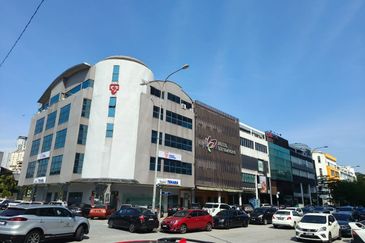
Commerce One
Jalan Klang Lama (Old Klang Road), Kuala Lumpur

Royal Regent Sri Putramas III
Dutamas, Kuala Lumpur

Suriaman 3, Bandar Sri Sendayan
Seremban, Negeri Sembilan

